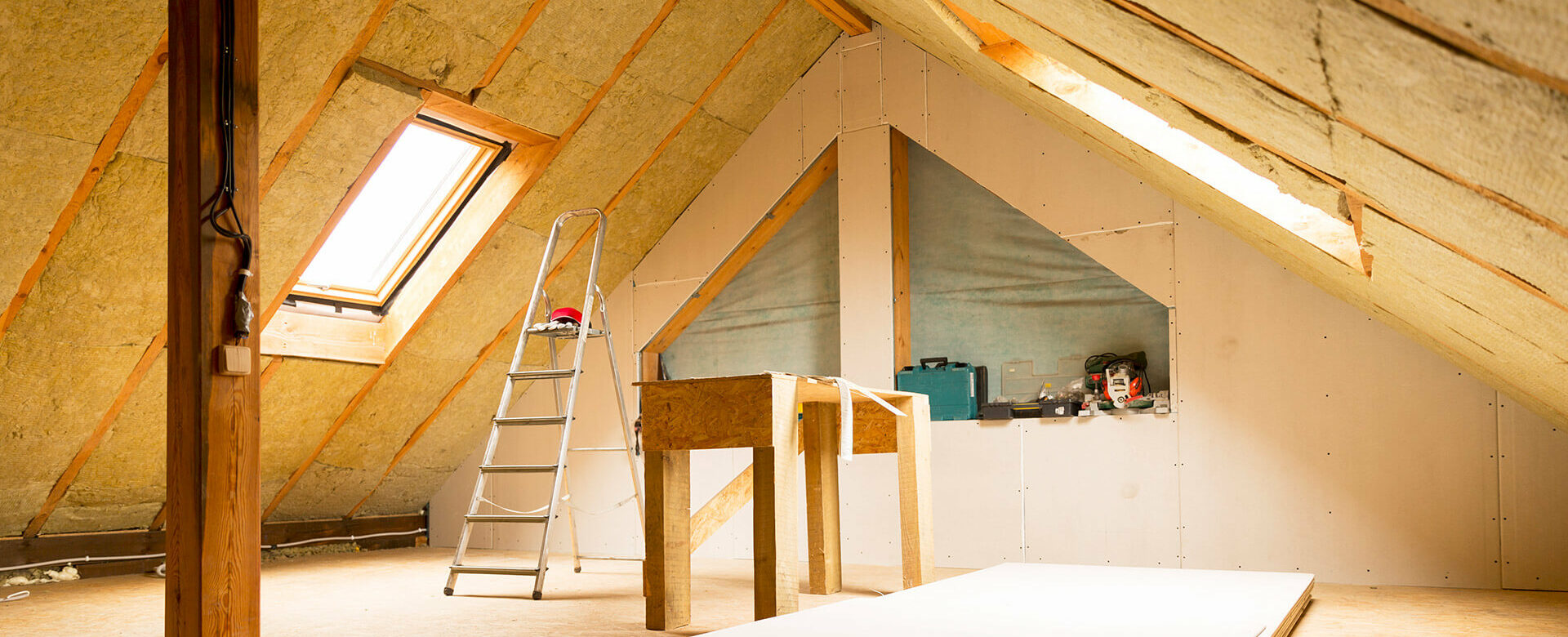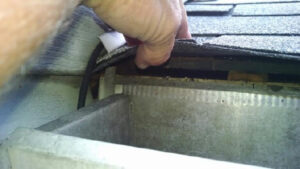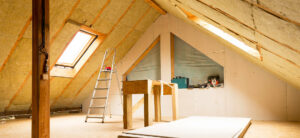When it comes to keeping a sparkling clean home, you probably focus on keeping the floors mopped, the surfaces dusted and countertops disinfected. But there’s one giant area of your home that probably isn’t getting enough cleaning attention: your roof. As a crucial part of your home’s structure and one of its primary protectors from the elements, it’s really important to keep your roof well maintained so that it can perform to your expectations.
Over time, your roof can accumulate dirt, debris, moss, and algae, which not only affect its appearance but also its longevity. Think about your carpet – if you never vacuumed it, never cleaned spots off of it or gave it a shampoo every once in a while, it would deteriorate and be unusable (not to mention unsightly) long before its lifespan should be over. The same is true of your roof.
Here are just a few important reasons why you should keep your roof clean and tidy:
- Reduces Repairs and Prolongs Roof Lifespan: A clean roof is a healthier roof. The accumulation of debris, moss, and algae can damage your shingles by lifting them up or causing them to deteriorate, leading to leaks and water damage. Regular cleaning can extend the lifespan of your roof, potentially saving you thousands in replacement costs.
- Enhances Curb Appeal: A clean roof significantly improves your home’s curb appeal. Whether you plan to sell your house or simply want to enjoy a well-maintained home, a clean roof can make a big difference. We’ve all seen the one roof in the neighborhood that’s stained, missing a few shingles or with trees growing out of the gutters. Don’t be that house!
- Increases Energy Efficiency: Algae and moss on your roof can trap moisture, making it harder for your home to regulate temperature. A clean roof can improve energy efficiency, reducing your heating and cooling costs.
- Protects Your Whole Home’s Health: Algae and moss growth can create an environment for harmful organisms like mold and mildew. These can infiltrate your home, potentially affecting your indoor air quality and health.
So, by now you’re convinced that your roof could use a good cleaning, but what’s the best way to go about that? It can be dangerous to try and get up on the roof yourself for this chore, so here are some safe suggestions.
- Professional Roof Cleaning: Hiring a professional roof cleaning service is often the most efficient and safest way to clean your roof. These experts have the knowledge, equipment, and experience to remove dirt, debris, algae, and moss without damaging your roofing materials. Before hiring a professional, make sure they come with a stellar reputation, and are licensed and insured.
- Ask About Soft Washing: Soft washing is a popular method that uses low-pressure water combined with specialized cleaning solutions to remove stains and growth from your roof. This method is gentle on your roof while effectively eliminating algae and moss. There are professional companies who specialize in this service, which is less intense than pressure washing, therefore safer for roofing materials.
- Schedule Regular Maintenance: Preventive maintenance is key to a clean and healthy roof. Consider scheduling annual or biannual inspections to identify and address any issues before they become major problems. Regular maintenance can also include gutter cleaning, which helps prevent debris buildup.
- Use Preventative Measures: To prevent algae and moss growth in the first place, talk to your roofing contractor about having zinc or copper strips installed along the ridge of your roof. Rainwater running over these metals inhibits the growth of these organisms.
Maintaining a clean roof is crucial for the longevity, appearance, and health of your home, so make it a regular part of your annual cleaning and maintenance routine. By doing so, you’ll not only protect your investment but also ensure a safe and comfortable living environment for you and your family.
If you have concerns about the cleanliness or condition of your roof, contact Andrews Roofing today. We’ve been in the roofing business in Hampton Roads for over 25 years, and we have the knowledge and know-how for the very specific types of issues homeowners in southeast Virginia experience.





